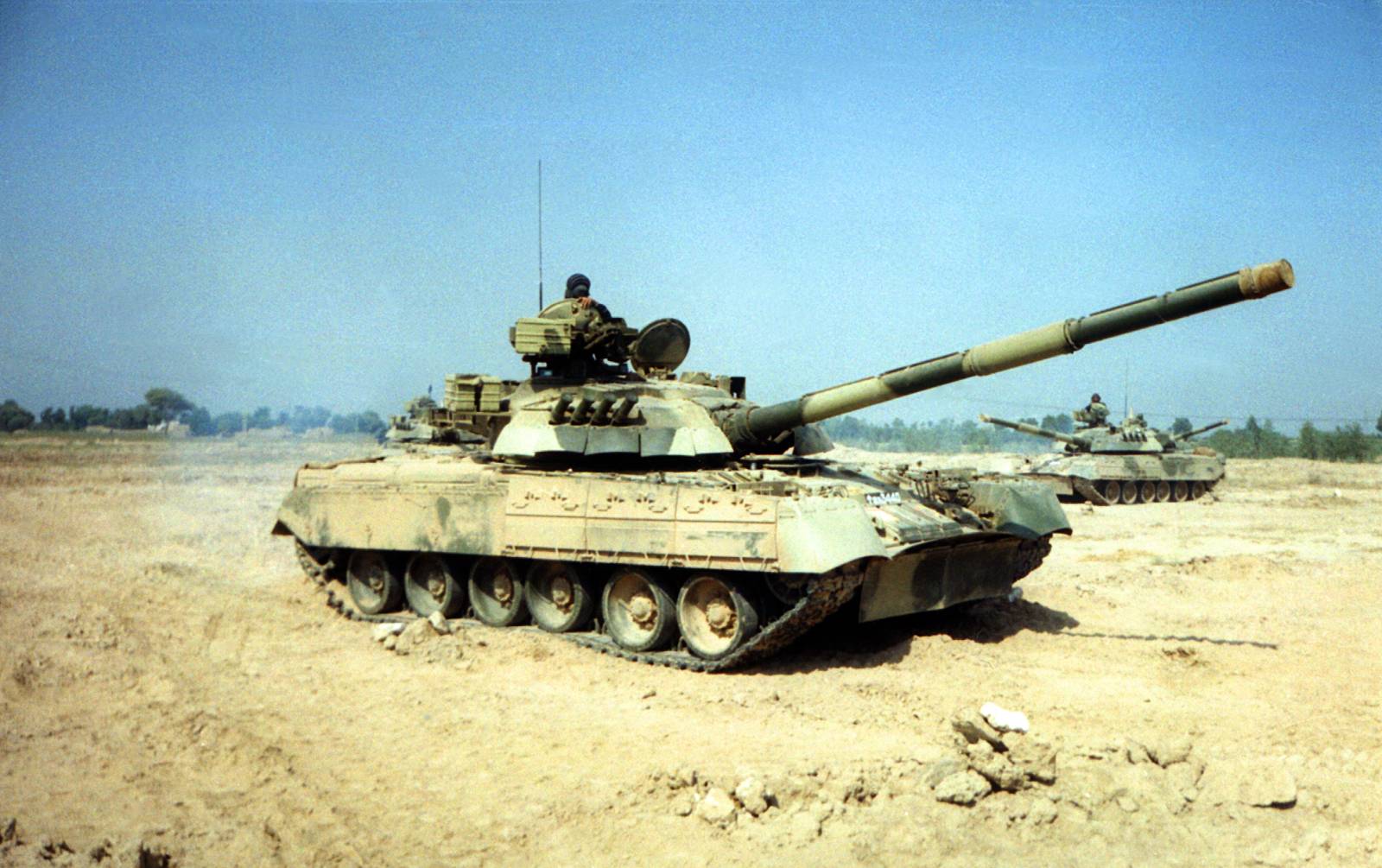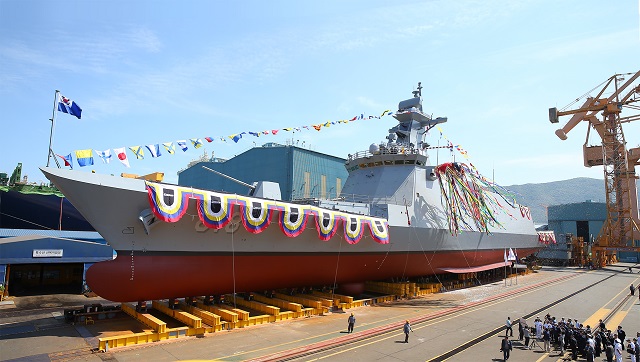3154Views 4Comments

Turkish Aerospace Industries reveals Hürkuş-C close air support aircraft
Turkish Aerospace Industries (TAI) and Turkey’s Ministry of Defence (MoD) have revealed the prototype of the Hürkuş-C close air support (CAS) and lightweight attack aircraft.
The Hürkuş-C is the armed variant of the Hürkuş turboprop-powered trainer, which flew in August 2013. TAI secured European Aviation Safety Agency (EASA) certification for the Hürkuş-A in July 2016, the civilian version of the Hürkuş platform.
As per the Turkish defence ministry, the Turkish Armed Forces (TSK) will have the Hürkuş-C in its inventory in 2018. Like its competitors, such as the Embraer A-29 Super Tucano and IOMAX Archangel, the Hürkuş-C is positioned to provide CAS coverage in low-intensity combat environments.
The Hürkuş platform is powered by a single Pratt & Whitney Canada PT6A-68T turboprop engine, which provides a power-rating of 1,600 shp and maximum speed of 574 km/h. TAI is aiming to supplant the PT6 with the domestically developed TUSAŞ Engine Industries (TEI)’s turboshaft engine.
The Hürkuş-C has a payload of 1,500 kg, which can be utilized through seven external hardpoints.
In the photos released by the Turkish MoD and TAI, the Hürkuş-C prototype was showcased with the Roketsan UMTAS anti-tank guided missile (ATGM), Roketsan Cirit laser-guided rockets, an electro-optical and infrared (EO/IR) pod (likely the Aselsan Common Aperture Targeting System or CATS), and external fuel tank.
Notes & Comments:
The TSK’s apparent interest in the Hürkuş-C indicates that it is confident in using lightweight turboprop-powered attack aircraft in counterinsurgency (COIN) environments. This has been an increasingly common trend among air arms, especially in the developing world (i.e. Latin America and Sub-Saharan Africa). The U.S. Air Force is also examining the utility of these platforms for its own CAS requirements.
The main rationale for using Hürkuş-C-like platforms stems from the desire to lower the cost of air power, especially in low-intensity combat theatres where anti-air warfare threats are minimal, if not a non-factor.
In these areas, flying a fast-jet such as the Lockheed Martin F-16 could cost tens of thousand dollars per sortie (at minimum) to deliver precision-guided munitions. Those same munitions could be deployed from a Hürkuş-C-like aircraft for a markedly per-sortie cost of several thousand dollars, if not lower.
Commercially, the Hürkuş-C is vertically linked to the Turkish defence industry. The aircraft is supplied by TAI. Aselsan is likely providing the EO/IR solution via its CATS system, which can laser-designate targets at up to 25 km (to guide the UMTAS ATGM and Cirit rockets), and avionics. Roketsan is supplying the air-to-ground munitions. In time, the PT6A turboprop will be replaced by TEI’s engine.
In effect, Ankara has control over the Hürkuş-C, which should give it considerable flexibility in marketing the product, albeit in a saturated space (with the A-29 as the market leader).



4 Comments
by Shakeel
Impressive (Hurkus C). Well done Turkey.
by ahmria
I think investing in at least one squadron worth of these aircraft or the Tucanos might be a good investment for the on going COIN operations in Pakistan. It would be cheaper than using fast jet assets like the F16s and JF17s. It would also ensure that we are not racking up flight hours on our jets when a cheaper and more efficient solution is available.
by nob hamid gul
This is so impressive. Good job Türkiye
by John Rue
going back to propeller engine planes. how exciting.